American football is one of the most well-known, high contact, and super fun sports in the nation. It brings you plenty of hard hits, jukes, and exciting improbable plays. The turf you play on isn't like normal grass. Plus, some play calls require you to make quick stops, rapid turns, or be able to juke out a defender. With these conditions, you'll need the right cleats worn correctly.
Football cleats should always be tight and snug on your foot. Getting cleats that are a half size smaller than your regular shoe size could be helpful, too. The goal is to have the cleats feel like a part of your body. This helps provide maximum performance.
If you still have more questions about the proper fit of football cleats, don't fret. We'll discuss that in greater detail in this guide. We'll also cover how to break in your football cleats, how to make them more comfortable, whether or not you should wear socks with your cleats, and more. So be sure to keep reading.

Why Properly Fitting Football Cleats Matter
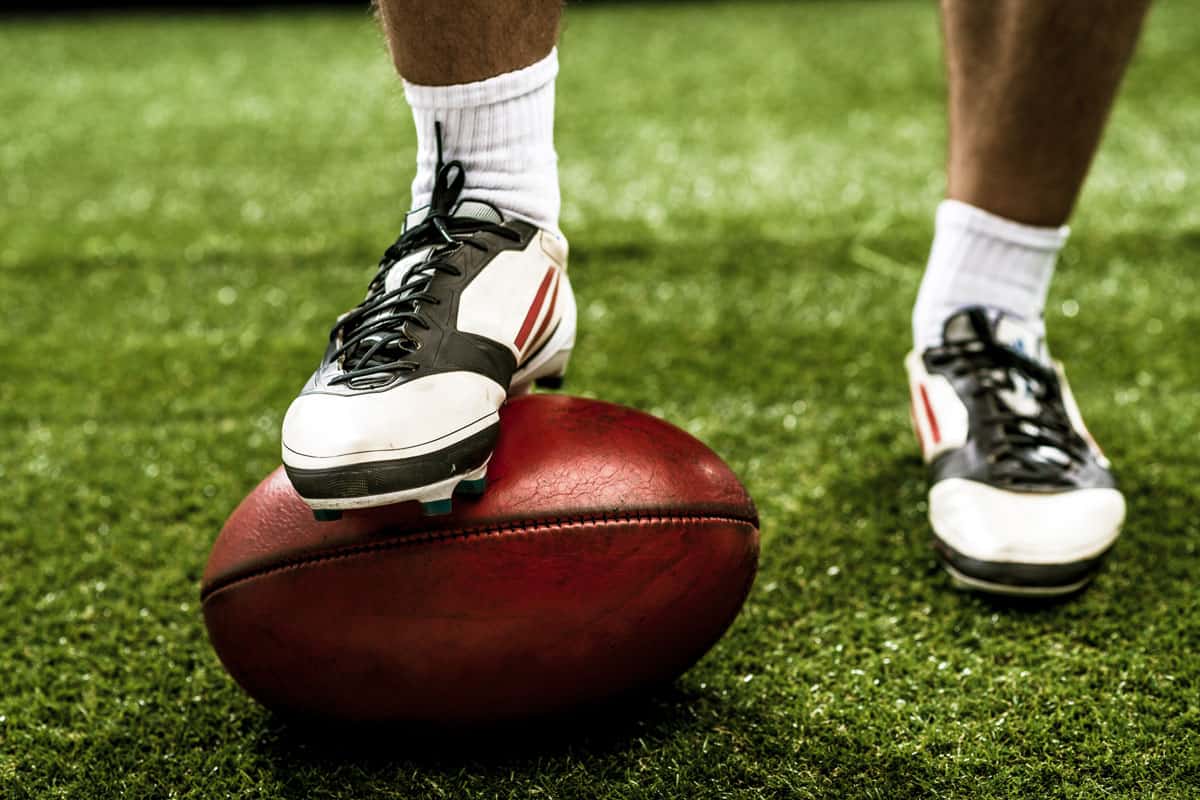
A pair of well-fitted cleats are essential for proper gameplay. To play football, you'll often need to be able to stop on a dime and abruptly change directions when running routes. Cleats that properly fit allows you to do that with minimal risk of foot, leg, or ankle injury.
Improperly fitting or worn cleats can cause blisters or sores. Of course, there are some minor tricks you can use to avoid those. However, cleats that fit too loosely may cause something in your foot/ankle to break or tear at any given moment.
This is why we emphasize to get cleats as tight as possible. But not too tight; you still need to be able to slightly wiggle your toes.
How Do You Break In Football Cleats?
When you're first trying on the new cleats, they can feel extremely tight at first. But once you break them in a little bit, you'll be able to wear them without any pain. Here are some ways you can break in your new football cleats:
Wear Them Outside Of The Field
Once you use the new cleats at practice or a game, they'll gradually become broken in. However, it's not ideal for you to only rely on gameplay to break them in as that can cause blisters and other foot pains to occur.
Instead, increase how often you wear them; that means even off the field. If practice is over, keep the cleats on and walk around more. You can also wear them when in your yard, doing outside chores, or in the park. Just be sure not to wear the spikes down by walking on blacktop or asphalt. The more time you get adjusted to them, the easier it'll be to break them in.
We strongly urge that when you're not on the field that you just walk in them. Running in them when not playing can cause foot pains and blisters. Just walking will still break them in, and you won't experience foot pains.
Flex Them
Flexing the cleats will help loosen up the exterior of the cleats. This will make it easier for you to flex your foot more when you're wearing them. To do so, grab the toe and heel of the cleat and flex it in numerous directions.
It'll be easier to do this with some cleats over others due to the material it's made from. Note that this technique won't help with the inner sole.
Stuff Them With Newspaper
After wearing the cleats for a good amount of time, find some old newspaper to stuff them with. Stuffing it with newspaper helps to keep the shape that your foot made in them. Do this after every wear until they feel broken in.
You'll also want a newspaper if you try this next technique.
Soak In Or Steam With Hot Water
For these two similar techniques, you'll need the following items:
- A bucket (large if you're soaking, small if you're steaming)
- Hot or boiling water
- A surface where air/steam can easily pass through
Soaking Method
Fill up a large bucket with hot water; the water shouldn't be so hot that you can't touch it. Next, put your socks and cleats on, and step into the water bucket. Make sure the water doesn't reach above the laces. When in the water, wiggle your toes around to help with stretching. Do this for roughly 10 minutes, or until the cleats feel softened. Then, stuff the cleats with newspaper and let it dry for a few hours. The newspaper helps to prevent the cleats from drying back into its original tight form.
Steaming Method
Place boiling hot water in a bucket or bowl. Get the surface that lets air pass through and place the cleats on top. You'll want to lay them upside down or on the sides. If you steam the outer sole, it could mess up the cleats' adhesive. 20 minutes of steaming should be enough. Afterward, you should walk or run in the cleats (we promise it's fine), or stuff newspaper to keep its broken-in shape.
Do Nike Football Cleats Run Small?
We mentioned earlier that when you buy cleats, you should buy them half a size smaller than your normal shoe size. This is still true, but you'll want to pay attention to the brand, too. Not all brands run their cleat sizes the same.
Nike is one of the brands whose cleats run small. You may be able to buy cleats from Nike in your exact size. That being said, pay attention to the material used to make the cleats; this plays a major factor in how they fit.
Some other shoe brands, like Adidas for example, fit true to size if not slightly larger.
Nonetheless, stick to the practice of purchasing cleats half a size smaller than normal. The above break-in techniques will help to adjust the comfort level.
How Can You Make Your Football Cleats More Comfortable?
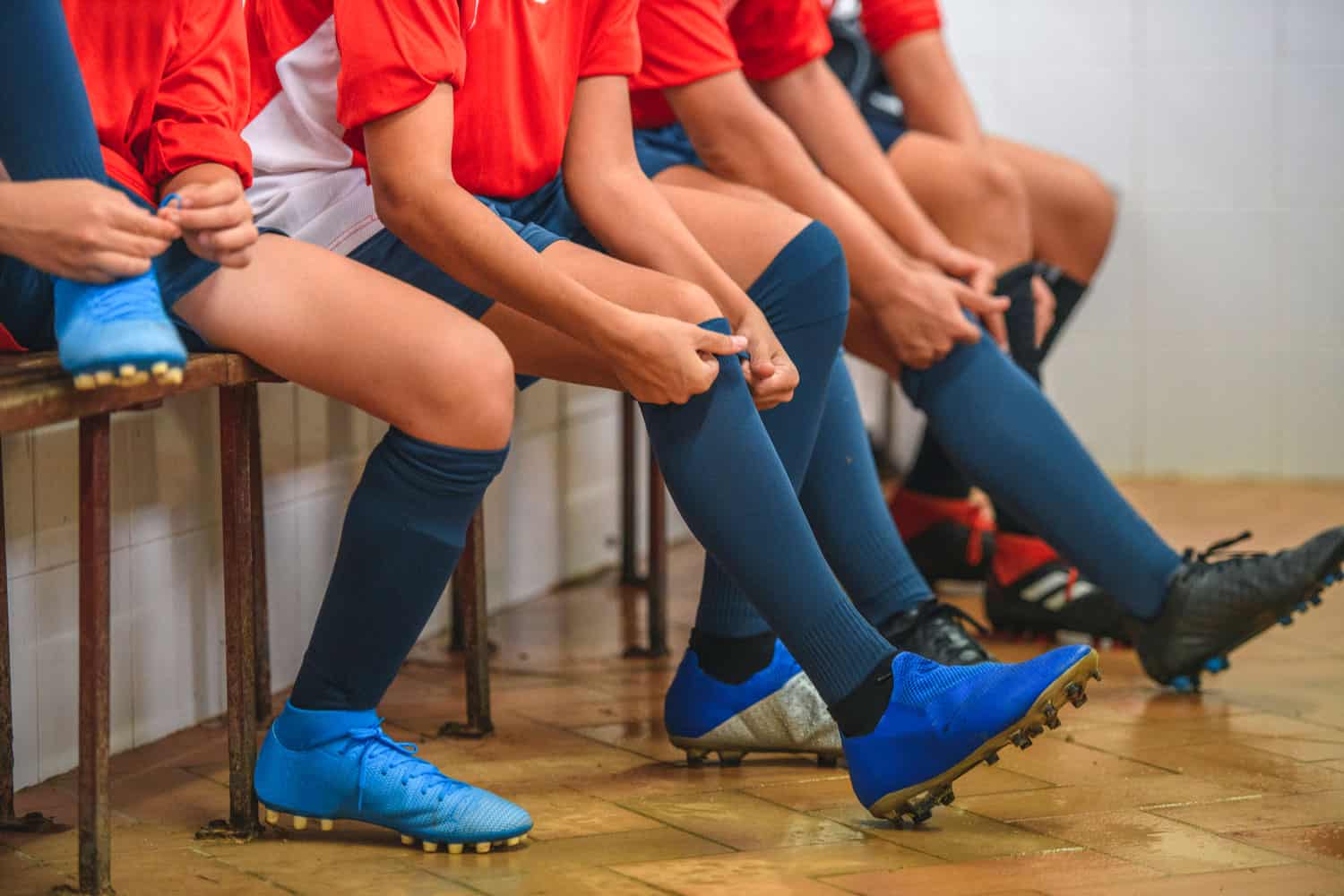
The break-in techniques we've described so far generally should be enough to bring you maximum comfort. However, if you still need more comfort, here are a few additional suggestions.
Use Accessories
Purchasing additional items with your cleats can add to the overall comfort. For example, people needing arch support should look into special insoles; various kinds can fit however much arch support you may need.
Invest in some high-quality socks. They should fit your foot just right with no looseness whatsoever. How thick or thin the socks are is up to your individual preference, but shoot for thinner over thicker. We'll discuss socks more in the next section.
Keep The Laces Loose
People who experience foot cramps may still face trouble if they tie the laces too tightly. Many cleats are already going to fit your foot with little risk of slipping off. When you tie the laces, there can be some looseness so it doesn't add to the tightness.
Tying the laces too tight will cause the cleat to hug your foot too much, leading to discomfort and blisters.
Should You Wear Socks With Football Cleats?
One thing is for certain: if you want to avoid the risk of blisters or scars, definitely wear socks with any kind of cleats. But don't just wear any random pair, wear ones that fit you nicely and feel good with cleats on. Wearing cleats without socks takes away most of the comfort of wearing cleats.
Know that socks will contribute to the overall feel of the cleats. You should also factor that into the size selection if your socks are thicker instead of thinner.
Click here to see these Under Armour socks on Amazon.
In Closing
We hope that with the information we've provided, you'll be readily prepped for your next pair of football cleats. Lace up, gear up, and enjoy your next game of football!
Before you go, be sure to check out these other football articles that may be of interest to you:


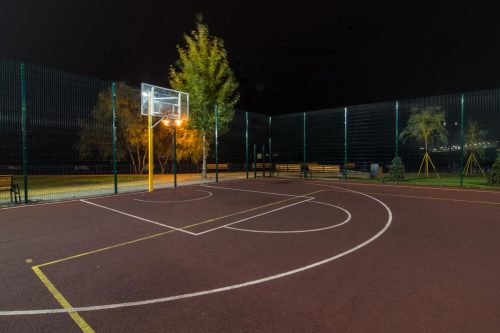
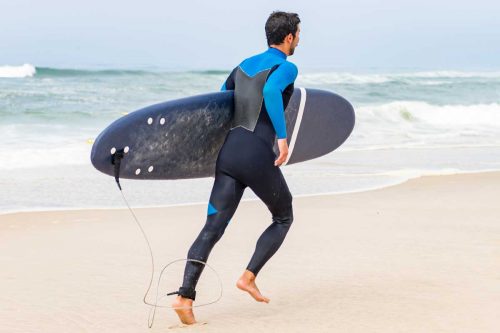
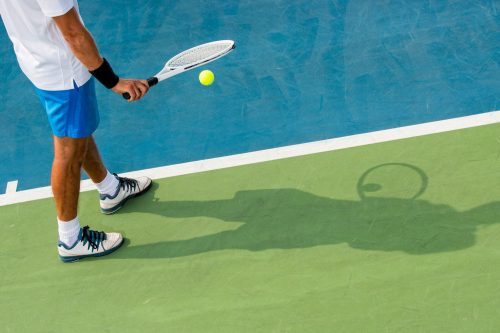
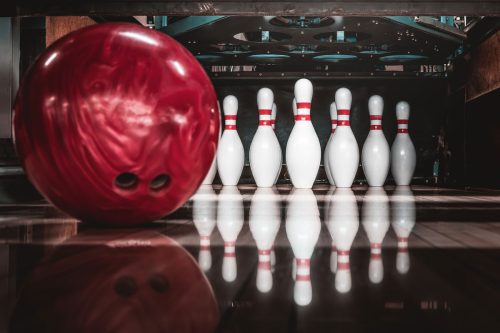

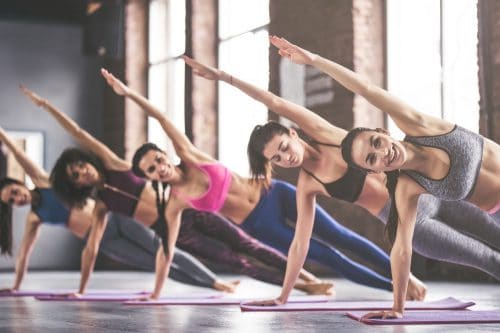
I disagree, I’m on the slight wide feet end and I have to go sizes up and that works* perfectly fine for me.
Going size smaller is extremely bad for the blood circulation